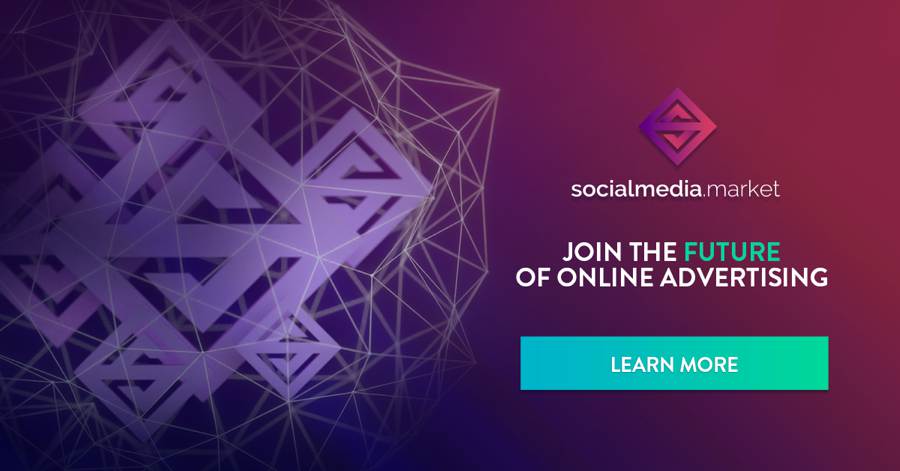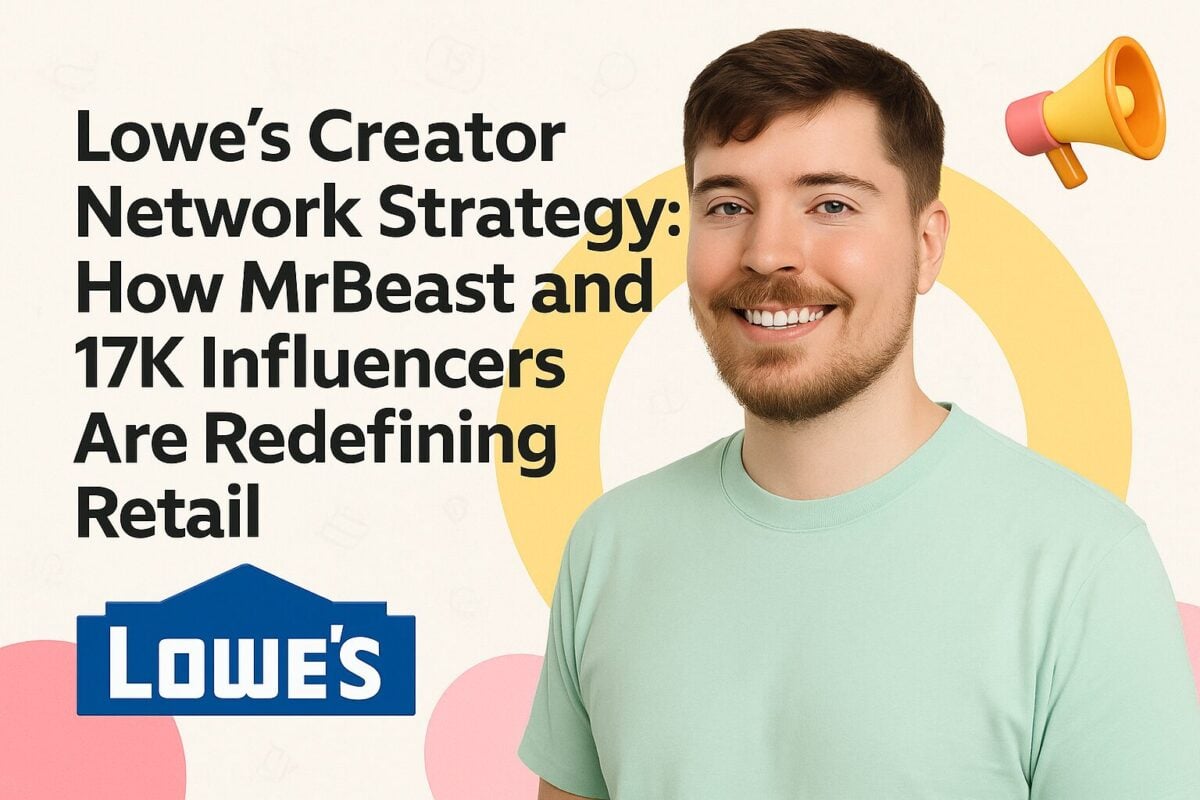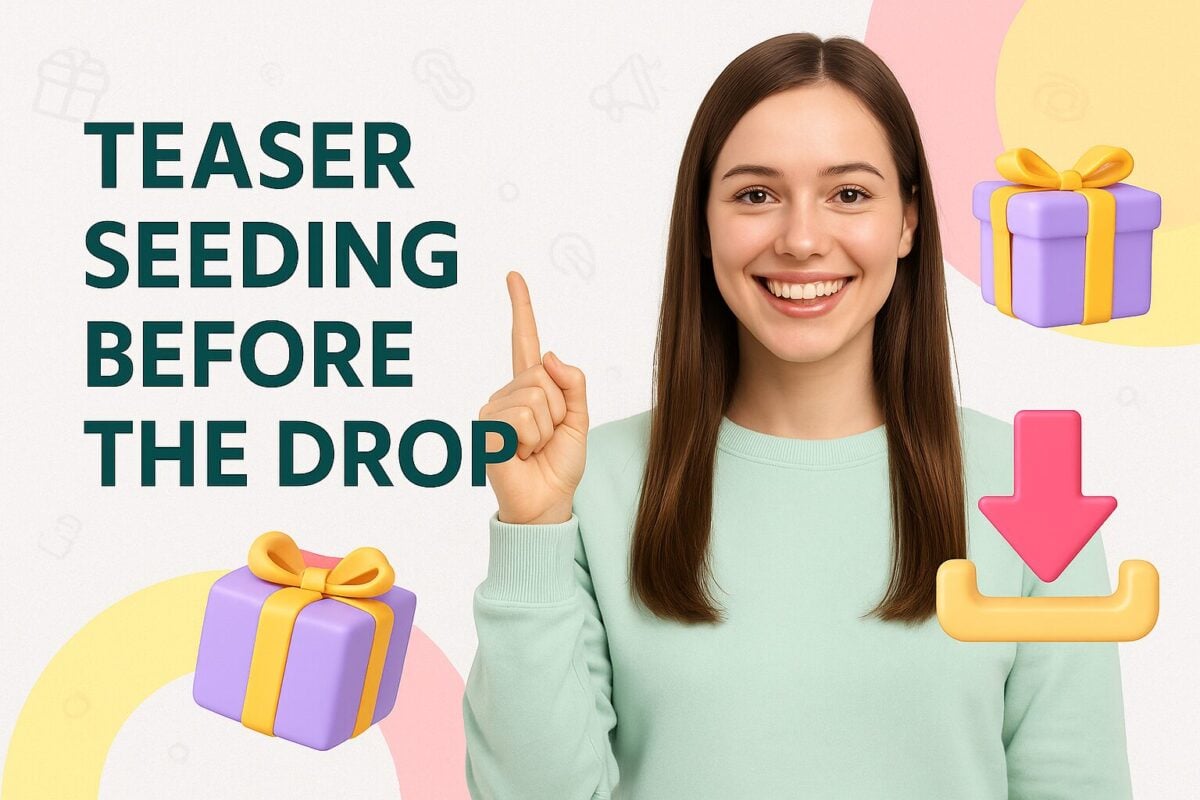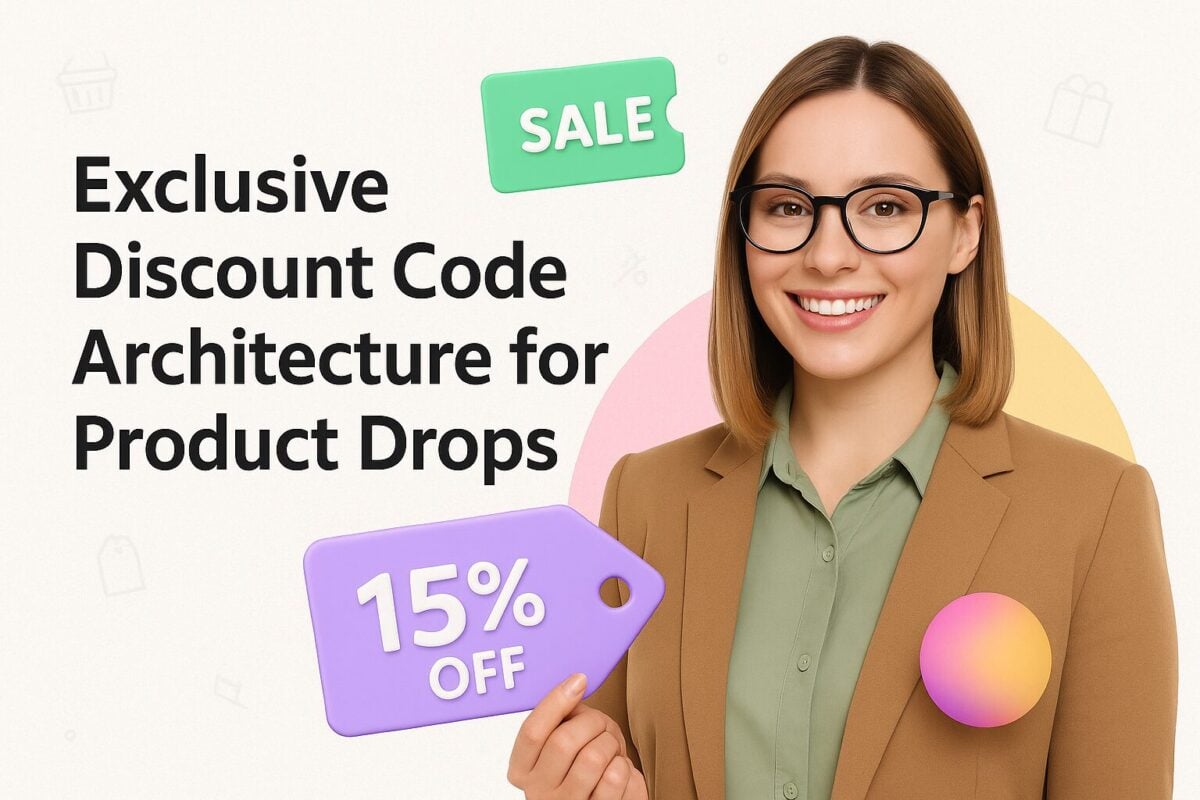Once upon a time, social platforms were meant to serve as a means of communication. And people were at the center, not business. But now, social media is steadily becoming a social marketplace. We see this happening most at the influencer level. In fact, influencer marketing is the most powerful marketing trend right now: A recent survey shows that influencer marketing can provide a 960% return on investment. This trend will continue to evolve, until social media eventually becomes a social marketplace only.
Why will this happen? PageFair says the number of desktop and mobile devices worldwide using ad blocking services reached 615 million devices at the end of 2016. It is expected to keep growing in the coming years. And this trend will heavily affect publishers, marketers, agencies, and other businesses that depend on ad revenue.
Brands eagerly choose influencer marketing as better way of speaking directly to consumers. Many see it as the perfect way to boost reach and relevance. But in the highly measurable world of digital, it often fails to offer comprehensive results. According to a Rakuten Marketing survey, 86% of marketers are unsure how influencers calculate their fees.
This lack of clarity invites high fraud potential. For example, this August, influencer marketing agency Mediakix revealed it had conducted an investigation that lured four brands into deals with fake Instagram accounts, populated with stock photography and followed by users bought for $3-$8 per 1,000. The brands offered the fake influencers money, free products, or both.
Though anybody can become an influencer nowadays, only those with huge audiences can earn and benefit from that. Because trading is not free. In the last 15 years, the Internet progressed rapidly. The problem is that the banking system has not progressed fast enough to keep up. Most influencers will only get a minority stake on the actual benefit.
Currently the profits are not attributed correctly in the global trade, and big corporations benefit from that more than anybody else. Most of the drawbacks of social networking come from the fact that actual control belongs to the platform owner, even if the content and activity come from its users. That all is happening because attribution of value to the beginning of the chain has not up till now been possible without the intermediaries. This multi-tiered arrangement has been necessary before the development of technology. Now technology, specifically blockchain, allows the establishment of a free trade community.
We are in an era where micro-payments are a reality. We are not talking about banks and related financial institutions, but rather about other entities that could be considered points of trust between people or corporations. The fee that blockchain charges is low, no matter how small the amount being sent. This new financial technology allows the sending of tiny amounts in a single transaction. It’s a new type of currency to facilitate the growing financial demands of the Internet, and help social influencers of all sizes bloom, and earn money.
This is where the SocialMedia.Market platform comes into the spotlight.
With blockchain solutions like Ethereum offering the ability to establish smart contracts, there is an opportunity to disrupt all sorts of industries – social networking is one of them. And consequently, influencer marketing is part of that.
SocialMedia.Market is a marketplace where users can securely and reliably trade with each other in a decentralized environment. The platform's ecosystem brings together advertisers and social media influencers across any social network. The Ethereum blockchain allows users to create, perform, and analyze advertising campaigns securely, more transparently, and at a decreased cost for all parties involved.
The fundamental purpose of SocialMedia.Market is to take the sharing economy to the next level, letting all the sides benefit and earn money. The platform utilizes the Ethereum blockchain to create a comprehensive trading platform that leverages social capital.
SocialMedia.Market drops out all of the unnecessary middlemen from the trading and starts a new era of free trade. It will allow to create, launch, and analyze advertising campaigns with social media influencers in a convenient and relevant way.
The SocialMedia.Market platform provides a solution to the main problems that many influencer marketing parties face. It addresses the problems of fraud, uncertain pricing, complicated transactions, complex partnerships, and low efficiency. With the implementation of the blockchain technology and smart contracts, SocialMedia.Market can eliminate fraud and create a secure ecosystem.
“With SocialMedia.Market we create a seamless experience for both marketers and influencers. We were among the early adopters of the strategy, and we are well aware of how complicated it is to build trustful and reliable relationships in influencer marketing. SocialMedia.Market, a blockchain-based decentralized marketplace presents a solution to many of industry issues, introducing influencer marketing campaigns to a whole new level of transparency.“ – Dmitry Shyshov, the CEO and founder of SocialMedia.Market.
All operations within the SocialMedia.Market ecosystem are executed with a utility cryptocurrency token called the Social Media Token (SMT). It ensures 100% safe escrow transactions based on Blockchain technology, lesser cost for transactions within the platform, as well as simplified, fast global payments. SMT says it upholds high standards of services and prevents any unauthorized manual intervention in the processes within the system.
The company is holding a public token sale on December 7-14, 2017.




